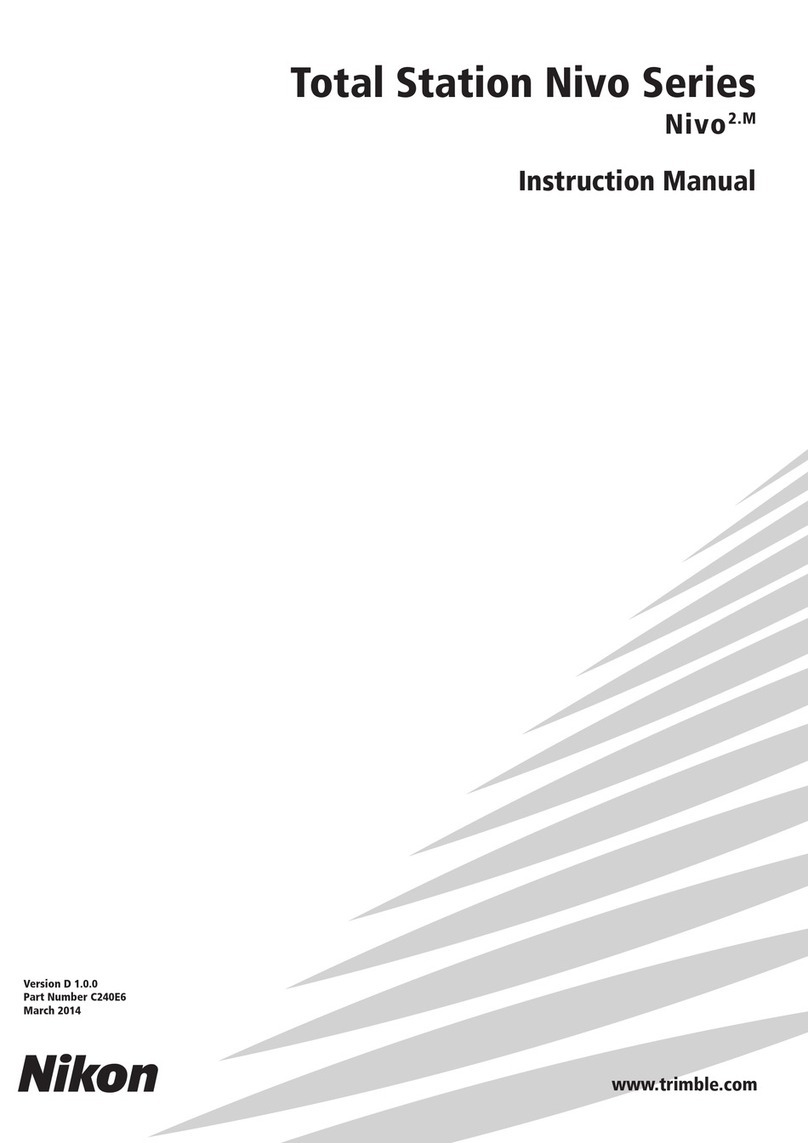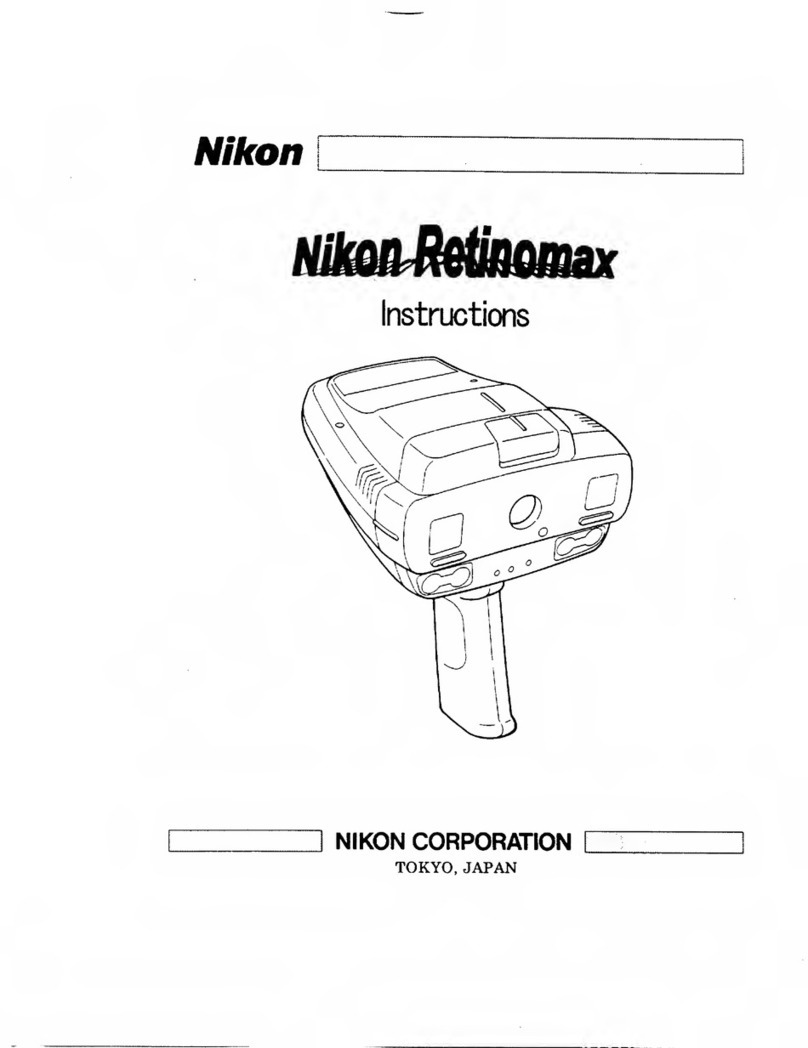Nikon NR-5500 Operating instructions
Other Nikon Measuring Instrument manuals

Nikon
Nikon MONARCH 2000 User manual
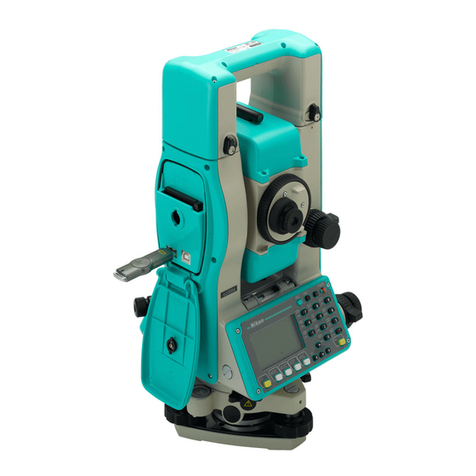
Nikon
Nikon DTM-502 Series User manual
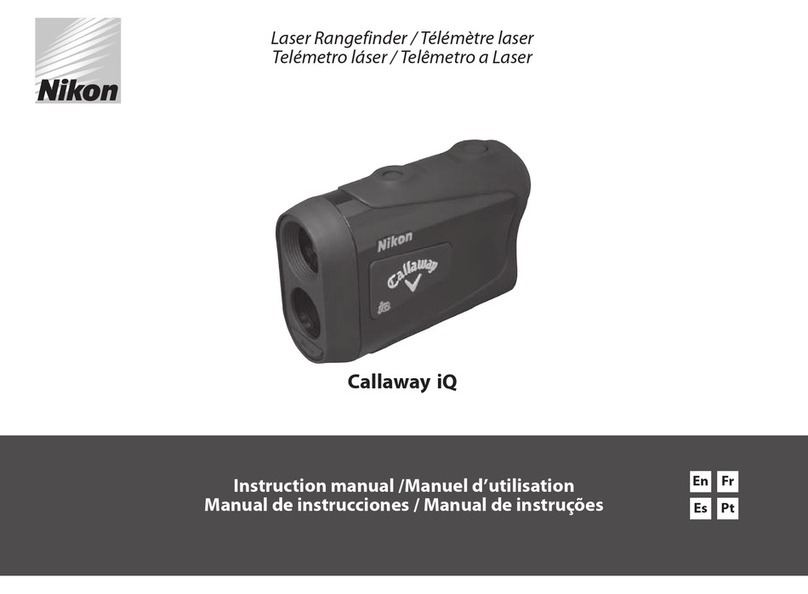
Nikon
Nikon Callaway iQ User manual

Nikon
Nikon LASER 50 User manual

Nikon
Nikon Callaway iQ User manual

Nikon
Nikon ARROW ID 7000 VR User manual

Nikon
Nikon XF SERIES User manual
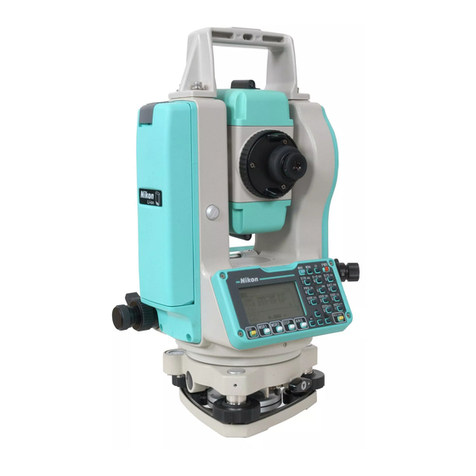
Nikon
Nikon NPL-302 Series User manual

Nikon
Nikon NPL-352 User manual

Nikon
Nikon COOLSHOT LITE User manual

Nikon
Nikon Callaway XHOT User manual

Nikon
Nikon PROSTAFF 3i User manual
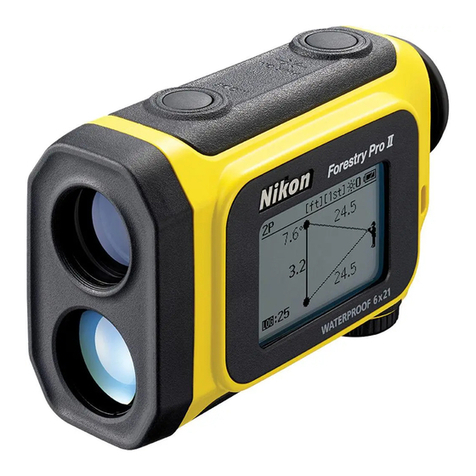
Nikon
Nikon Forestry Pro II User manual
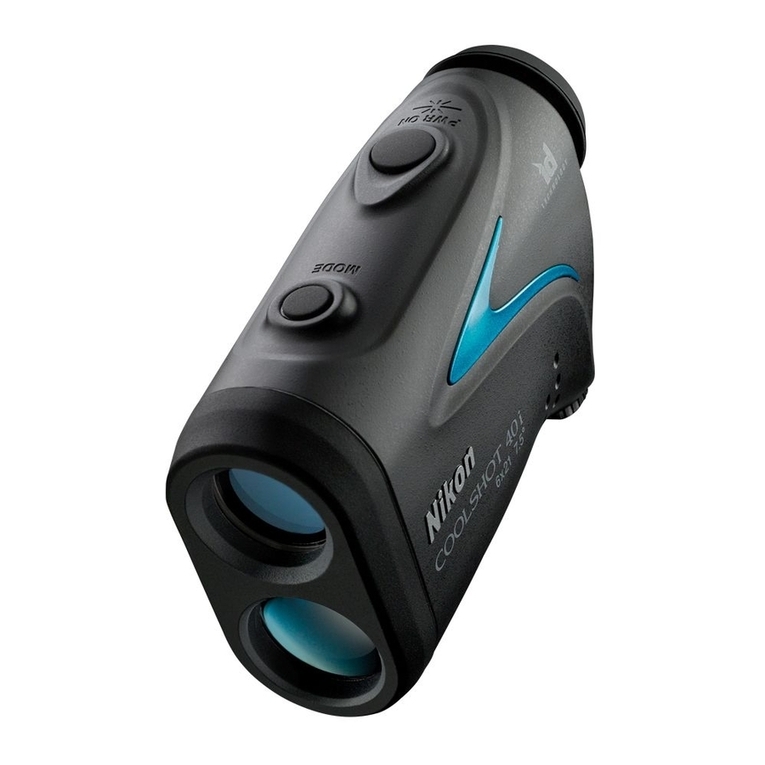
Nikon
Nikon Coolshot 40i User manual
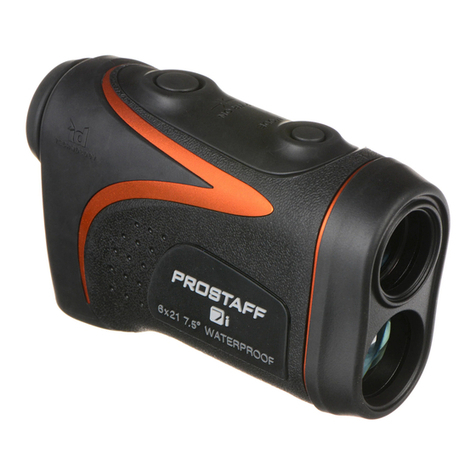
Nikon
Nikon Prostaff 7i User manual

Nikon
Nikon Coolshot 40i User manual

Nikon
Nikon 50i User manual
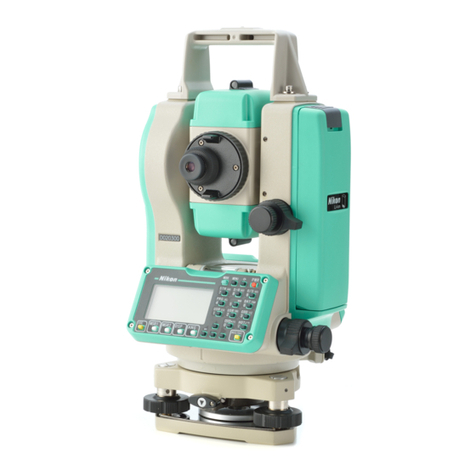
Nikon
Nikon NPL-322 User manual

Nikon
Nikon ARROW ID 3000 User manual
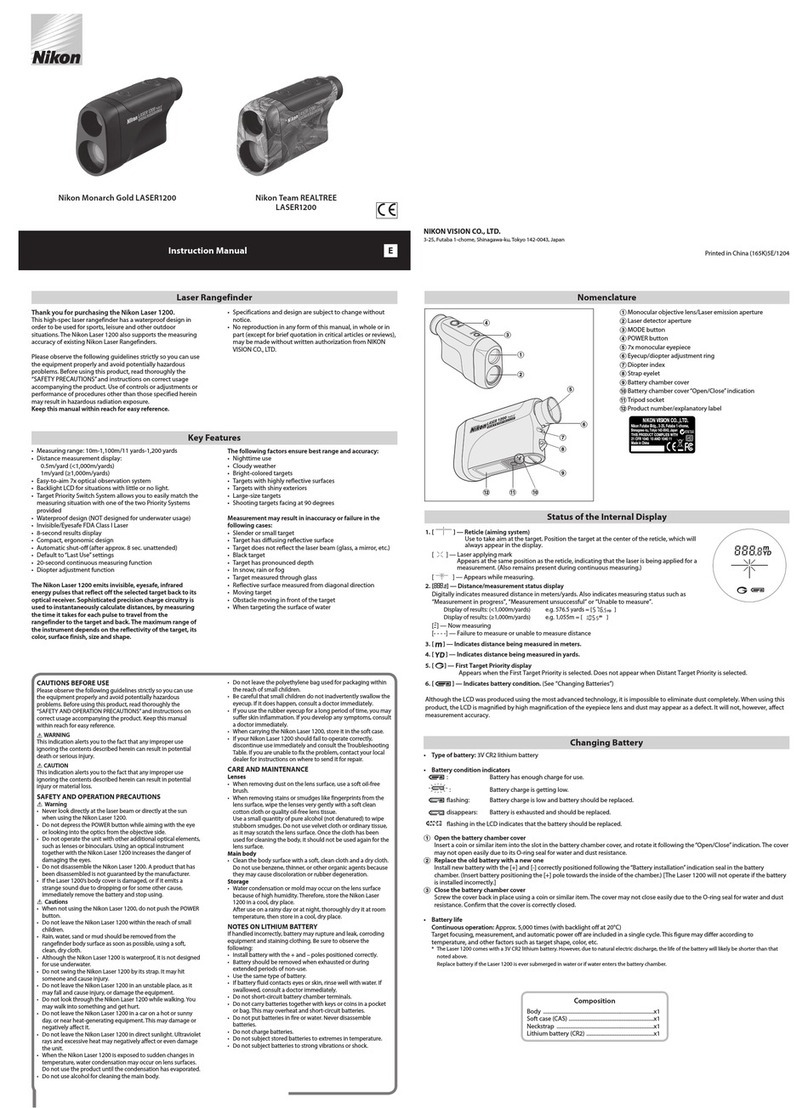
Nikon
Nikon 7487 - Team Realtree Laser 1200 Rangefinder User manual
